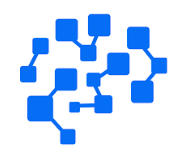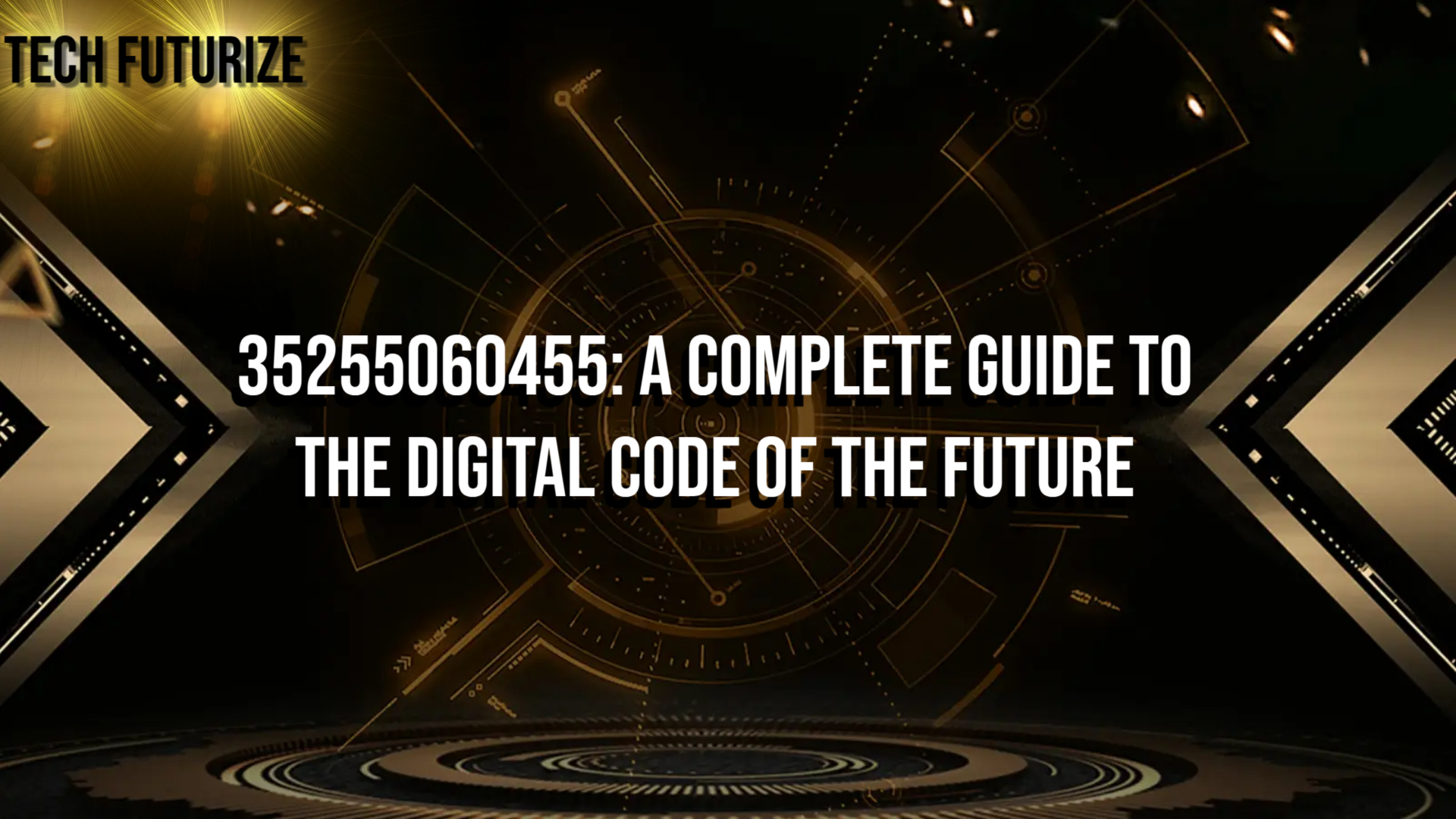In the fast-paced digital era, numbers and codes often carry far more meaning than meets the eye. One such intriguing example is 35255060455. At first glance, it may seem like a random numeric sequence, but within the world of technology and innovation, it represents a concept of structure, identity, and transformation. As industries evolve, digital frameworks like 35255060455 become essential for bridging gaps, ensuring communication, and reducing the chaos of unorganized data. This blog explores what 35255060455 means, why it matters, how it works, its advantages, disadvantages, key factors for success, and its role in shaping the future.
What is 35255060455?
35255060455 can be described as a universal digital framework or identifier designed to bring clarity, consistency, and reliability to complex systems. In a world where data is growing at an exponential rate, this framework represents an effort to give structure to information. It functions as a unique marker that can integrate across industries—whether in logistics, healthcare, education, finance, or supply chain management.
The true power of 35255060455 lies in its ability to act as a connector. Just as barcodes and QR codes revolutionized product tracking and instant connectivity, 35255060455 has the potential to unify scattered databases and streamline communication between different platforms. Its flexible design allows it to adapt to various industries and purposes, making it a digital backbone for modern systems.
Why 35255060455 Matters
The significance of 35255060455 is tied to today’s reliance on information. Businesses, governments, and individuals depend on seamless data exchange, yet many existing systems fail to interact smoothly. This results in inefficiency, duplication, and errors. By introducing 35255060455 as a consistent framework, organizations can reduce fragmentation and achieve higher levels of efficiency.
35255060455 matters because it supports future scalability. As digital transformation accelerates, the volume of data will only increase. Without structured systems, this data can easily become overwhelming. With 35255060455, companies can maintain accuracy, streamline workflows, and scale their operations without being burdened by disorganized information.
Another reason it matters is trust. In sectors like healthcare and finance, sensitive information must be accurate and secure. By providing consistency and reliability, 35255060455 ensures that stakeholders have confidence in the data being exchanged.
How to Use 35255060455
The application of 35255060455 involves several practical steps that can be tailored to different industries. The process usually begins with data integration, where information from multiple sources is collected and aligned under the 35255060455 system. For example, an e-commerce company may tag its inventory with 35255060455 identifiers to eliminate duplication and confusion.
The next step is connectivity, which ensures that different platforms can communicate. A logistics company might use 35255060455 to link warehouses, shipping services, and retailers into one unified system. This eliminates bottlenecks and improves transparency across the supply chain.
The third step is analysis and intelligence. Once the system is in place, businesses can analyze data more effectively. For example, financial firms could use 35255060455 to detect unusual transaction patterns or predict market trends.
Finally, the process involves execution and automation. By embedding 35255060455 into workflows, companies can automate responses. If a shipment linked to 35255060455 is delayed, the system could automatically notify stakeholders or reroute delivery vehicles.
Pros of 35255060455
The benefits of adopting 35255060455 are both immediate and long-term.
One of the biggest advantages is efficiency. By streamlining communication between systems, businesses save time and reduce errors. This leads to better productivity and faster results.
Another major pro is scalability. As companies grow, their operations become more complex. 35255060455 expands alongside them, accommodating larger data volumes and wider operations without breaking down.
A third benefit is transparency. With 35255060455 in place, organizations gain a clear and unified view of their data. This improves decision-making and builds trust among stakeholders.
35255060455 also promotes innovation. By providing a solid framework, it creates opportunities for emerging technologies like artificial intelligence, blockchain, and IoT to be integrated smoothly.
Lastly, there is the advantage of security. When combined with secure protocols, 35255060455 ensures sensitive data remains protected and tamper-proof.
Cons of 35255060455
Like any framework, 35255060455 has its drawbacks.
The first challenge is complexity. Setting up 35255060455 can be technically demanding, requiring skilled professionals and advanced infrastructure.
Another issue is cost. Smaller organizations may find the expenses of implementing and maintaining 35255060455 systems too high, which could discourage adoption.
There are also regulatory hurdles. Because data is at the center of its function, companies must ensure that 35255060455 complies with privacy and security laws, which vary across regions.
Additionally, 35255060455 requires robust infrastructure. High-speed internet, secure servers, and modern software are essential for it to work effectively, which may be a barrier in less developed areas.
Finally, there is the problem of resistance to change. Many organizations are comfortable with traditional systems, making them hesitant to adopt a new digital framework like 35255060455.
Key Factors for the Success of 35255060455
The effectiveness of 35255060455 depends on several critical factors.
The first is accessibility. To gain widespread adoption, the framework must be affordable and easy to implement, even for smaller businesses.
The second is integration with emerging technologies. 35255060455 will succeed if it can work seamlessly with AI, IoT, blockchain, and cloud computing, all of which are reshaping industries today.
A third factor is global standardization. If 35255060455 lacks universal rules and standards, its usefulness may be limited. Consistency across industries and borders is key.
The fourth factor is training and awareness. Organizations need professionals who understand how to implement and maintain 35255060455 effectively. Without proper knowledge, its full potential cannot be realized.
The fifth factor is trust and security. Widespread adoption will only occur if stakeholders are confident that 35255060455 is safe, transparent, and reliable.
Conclusion
In conclusion, 35255060455 is more than just a string of numbers—it represents a new way of thinking about organization, connectivity, and digital transformation. It offers solutions to some of the biggest challenges industries face today, such as inefficiency, fragmentation, and data mismanagement.
By integrating 35255060455, businesses can achieve higher levels of efficiency, scalability, transparency, and innovation. At the same time, challenges like cost, complexity, and regulatory compliance must be addressed to unlock its full potential.
The future of 35255060455 depends on accessibility, standardization, and integration with cutting-edge technologies. If these factors align, 35255060455 could become a cornerstone of the digital economy, helping industries worldwide move toward smarter, faster, and more reliable systems.
As the world continues to evolve, 35255060455 serves as a reminder that even the simplest strings of numbers can hold the power to transform industries and shape the future.

